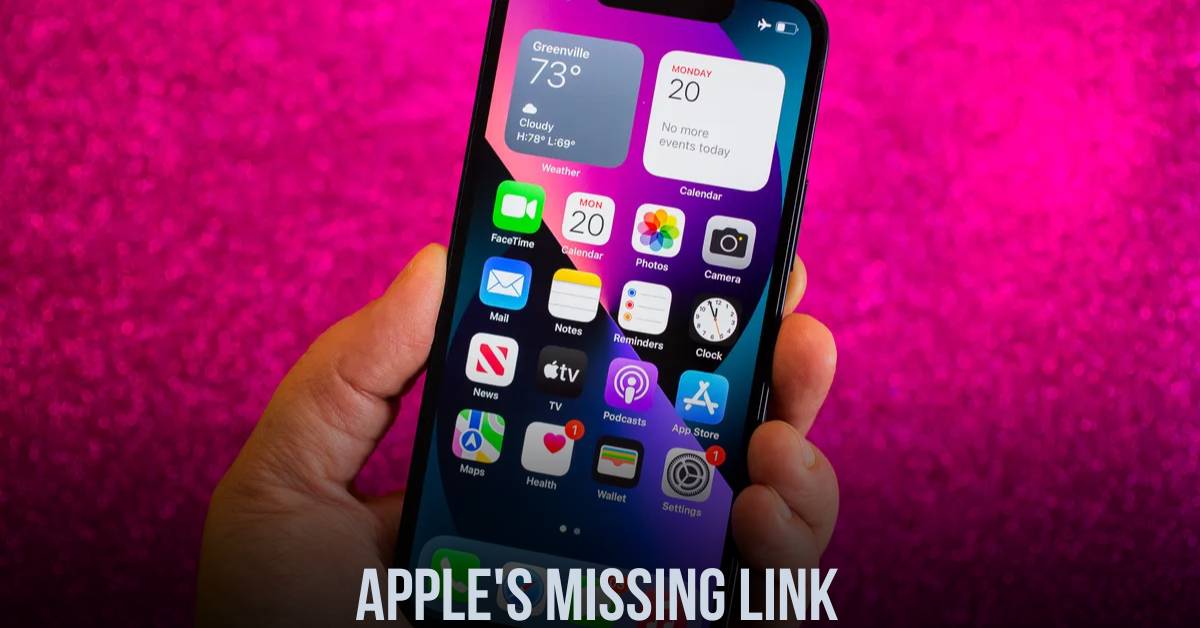In a surprising move, Apple bid adieu to its iPhone 13 Mini this year, leaving a conspicuous void in its product lineup. This departure marked the second consecutive year without an iPhone priced at $499, creating an interesting gap that Android competitors swiftly seized upon.
The $499 Void: A Glaring Gap
The last time Apple featured a $499 model was with the discounted iPhone 11 in 2021, the final bastion of non-5G iPhones. Despite its aging status, the iPhone 11, even today, continues to receive new features from iOS 17, boasting a sizable 6.1-inch screen adorned with Face ID capabilities.
However, with the discontinuation of the iPhone 11 last year and the advent of the iPhone 14, Apple’s current lineup oddly leaps from the $429 iPhone SE to the $599 iPhone 13, with nothing but higher storage variants of the SE filling the void.
iPhone SE: A Dated Gem or a Missed Opportunity?
The iPhone SE, the last bastion of the home button, harbors modern features like the A15 Bionic chip, 5G, IP67 water and dust resistance, and iOS 17. Yet, it resides within a repurposed iPhone 8 body. Priced at $429 for the 64GB variant, it can be upgraded to 128GB for an additional $50, bringing the cost to $479.
On the flip side, the $599 iPhone 13, equipped with 128GB of storage, continues to stand as a formidable choice, even in its third year on the market. The $179 price gap between the iPhone SE and 13 becomes more conspicuous when compared to the diversified Android alternatives offering competitive features across various price levels.
You may be interested in our other articles about technology if you enjoyed this one:
- Windows 11 KB5031455 Update Woes: Installation Failures and Game Crashes
- How to Unlock UK Netflix with the Best VPN?
Android Rivals and the $499 Dilemma
Android competitors like Samsung, Motorola, and Google present competitive options well below $429, incrementally enhancing features with each price tier. Several of these affordable Android phones outsell the iPhone SE, as evidenced by sales charts and analyst estimates.
The Budget Android Dominance
While the iPhone SE finds a place on global sales charts, Samsung’s Galaxy A series, with phones priced at $450 and below, often disrupts iPhone dominance. Even lower-priced Android phones like the Galaxy A13 and A03S secured spots on Counterpoint Research’s global top 10 list for best-selling phones in 2022.
This trend persists in 2023, with the $200 Galaxy A14 5G ranking fifth among the top-selling smartphones in the US in July, according to Counterpoint.
A Call for a Refreshed iPhone SE
The absence of a regularly updated $499 iPhone option opens up opportunities for Android competitors. The Android counterparts, equipped with modern features, high refresh rates, and multiple cameras, cater to customers seeking affordability without sacrificing functionality.
As rumors swirl around a potential fourth-generation iPhone SE, Apple may address this gap in its lineup in the coming year. The company’s strategy towards affordable phones, prioritizing performance, longevity, and camera quality, sets it apart from Android counterparts.
Conclusion: Unraveling the Missing Link
As Apple refrains from offering a refreshed $499 option, it inadvertently grants Android competitors free rein in catering to users seeking an affordable yet feature-rich smartphone. The ever-evolving landscape of smartphone offerings, coupled with the relentless competition among manufacturers, sets the stage for Apple to reconsider its strategy and bridge the gap with a renewed iPhone SE or a novel approach to capture the sub-$500 market. In a rapidly evolving industry, the missing link may soon find its place, reshaping the dynamics of affordable smartphones.



